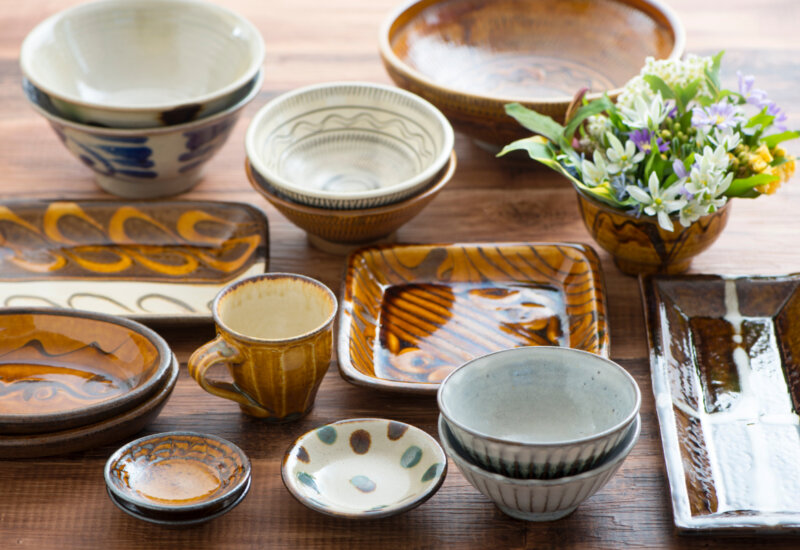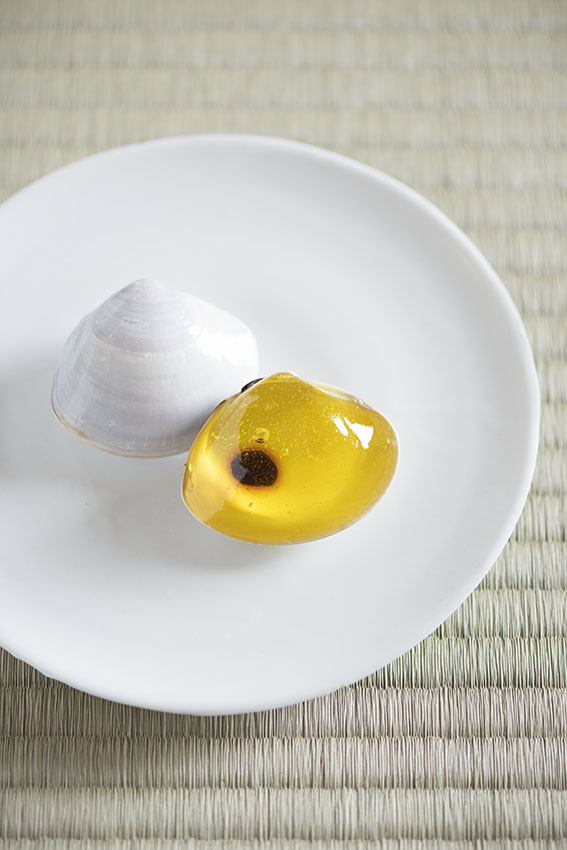
Chapter 5: The guises of winter in overlapping layers of white
While there is nothing wrong with easily comprehensible and explicit colors, shapes and materials, the unparalleled elegance of wagashi (Japanese sweets), which combine abstract forms, textures, and enigmatic names to bring the qualities of each of the seasons into clear focus in our minds, presents something that is so much more exciting intellectually. I find myself particularly strongly attracted to winter sweets that conjure images of snow and ice. Shimobashira (lit. “pillars of frost”) is...

